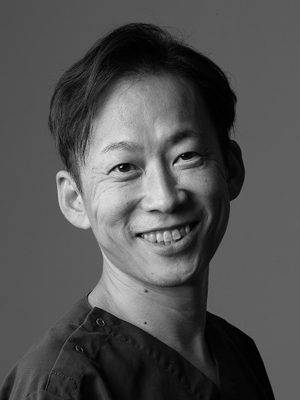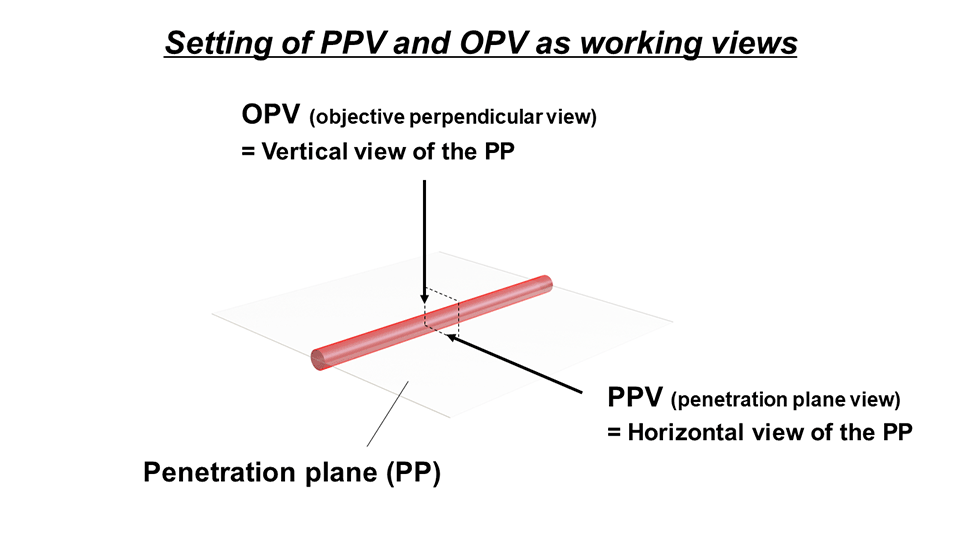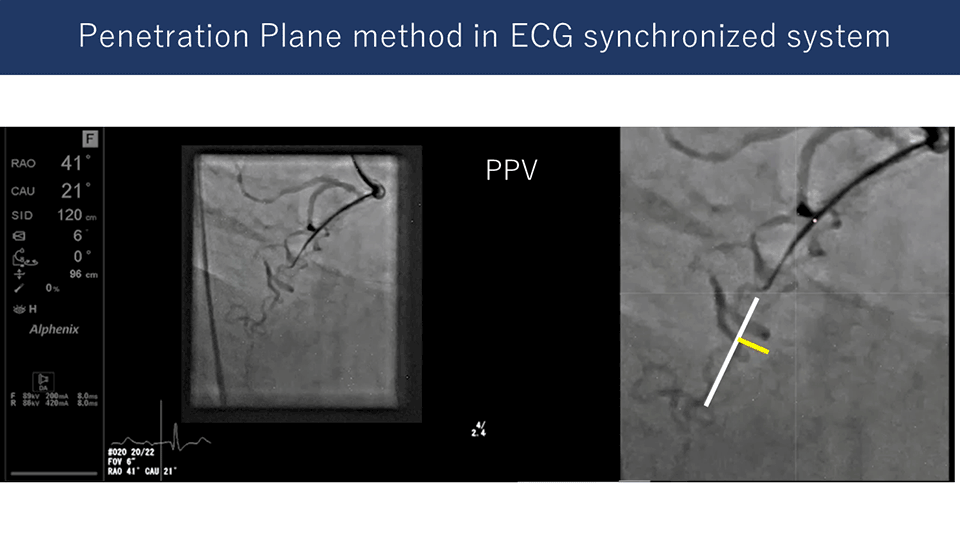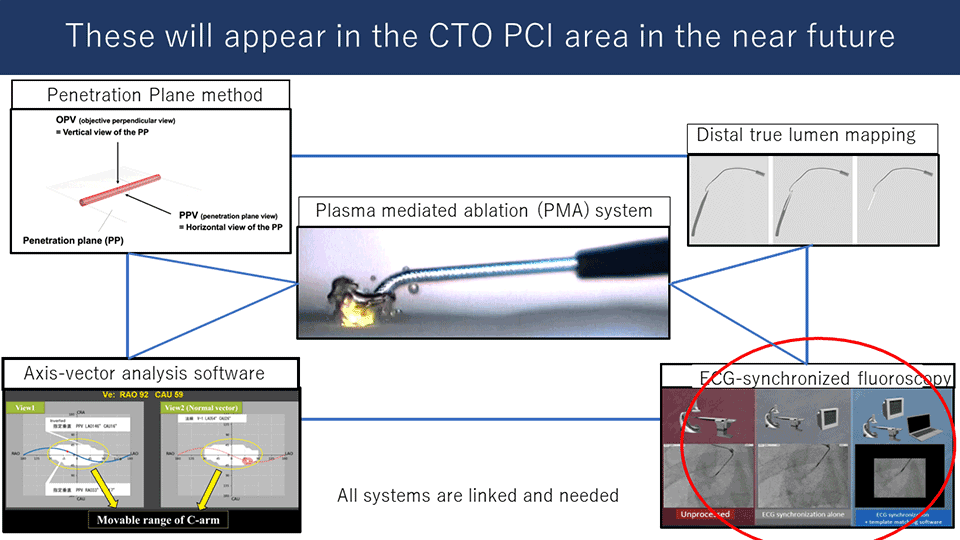News | COMPLEX PCI 2023
Novel Antegrade Wiring for CTO PCI: Concept of OPV & PPV and Its Clinical Application
Presented revolutionary techniques poised to transform coronary chronic total occlusion (CTO) interventions

Kenya Nasu
Mie Heart Center, Japan
Dr. Kenya Nasu of Mie Heart Center, Japan, introduced the groundbreaking "Penetration Plane Method," designed to simplify the intricate task of wire manipulation in CTO interventions. By emphasizing the optimal utilization of this method and focusing on the distal landing zone, Dr. Nasu highlighted its ability to offer a more predictable and controllable motion for guidewires.
The Penetration Plane Method operates with the assistance of the Penetration Plane View (PPV), providing a perspective where the vessel appears straight, ensuring a streamlined guidewire trajectory. Derived from a direction that flattens the plane, this viewpoint ensures the maintenance of a straight guidewire appearance. Complementing this, the Objective Perpendicular View (OPV) offers
a perpendicular perspective, forming the foundational approach of the Penetration Plane Method.
Ensuring precision in the approach, an accurate perpendicular view measurement was highlighted, achieved through a vector projection method. Dr. Nasu showcased the method's effectiveness by utilizing two random projections of coronary angiograms to reconstruct the three-dimensional structure of coronary arteries.

To further enhance accuracy, Dr. Nasu discussed the development of specialized software capable of selecting the optimal angle, identifying the best vector, and calculating the perpendicular, providing a clear representation of the vessel vector on the screen. Additionally, he introduced the ongoing development of ECG-synchronized fluoroscopy, addressing limitations associated with cardiac motion during the Penetration Plane Method. This technology aims to offer nearly stationary coronary angiograms at specific points in the cardiac cycle, ensuring optimal visualization.

Dr. Nasu demonstrated the entire process through a practical example during the session, emphasizing its simplicity and effectiveness. The integration of navigation software and mapping was underscored, promising precise guidance for guidewire manipulation.

Concluding the lecture, Dr. Nasu raised expectations for the future of guidewire manipulation, hinting at evolving technologies and methodologies. He emphasized the need for adaptation to advanced devices, including the integration of plasma-mediated ablation systems for CTO procedures. Dr. Nasu's presentation marked a significant step towards reshaping the landscape of coronary interventions, offering new hope and possibilities for the field.
Edited by

Yeonwoo Choi, MD
Changwon Hanmaeum Hospital, Korea (Republic of)

KyungAe Kim, RN
CardioVascular Research Foundation (CVRF), Korea (Republic of)

Kenya Nasu
Mie Heart Center, Japan
Dr. Kenya Nasu of Mie Heart Center, Japan, introduced the groundbreaking "Penetration Plane Method," designed to simplify the intricate task of wire manipulation in CTO interventions. By emphasizing the optimal utilization of this method and focusing on the distal landing zone, Dr. Nasu highlighted its ability to offer a more predictable and controllable motion for guidewires.
The Penetration Plane Method operates with the assistance of the Penetration Plane View (PPV), providing a perspective where the vessel appears straight, ensuring a streamlined guidewire trajectory. Derived from a direction that flattens the plane, this viewpoint ensures the maintenance of a straight guidewire appearance. Complementing this, the Objective Perpendicular View (OPV) offers
a perpendicular perspective, forming the foundational approach of the Penetration Plane Method.
Ensuring precision in the approach, an accurate perpendicular view measurement was highlighted, achieved through a vector projection method. Dr. Nasu showcased the method's effectiveness by utilizing two random projections of coronary angiograms to reconstruct the three-dimensional structure of coronary arteries.

To further enhance accuracy, Dr. Nasu discussed the development of specialized software capable of selecting the optimal angle, identifying the best vector, and calculating the perpendicular, providing a clear representation of the vessel vector on the screen. Additionally, he introduced the ongoing development of ECG-synchronized fluoroscopy, addressing limitations associated with cardiac motion during the Penetration Plane Method. This technology aims to offer nearly stationary coronary angiograms at specific points in the cardiac cycle, ensuring optimal visualization.

Dr. Nasu demonstrated the entire process through a practical example during the session, emphasizing its simplicity and effectiveness. The integration of navigation software and mapping was underscored, promising precise guidance for guidewire manipulation.

Concluding the lecture, Dr. Nasu raised expectations for the future of guidewire manipulation, hinting at evolving technologies and methodologies. He emphasized the need for adaptation to advanced devices, including the integration of plasma-mediated ablation systems for CTO procedures. Dr. Nasu's presentation marked a significant step towards reshaping the landscape of coronary interventions, offering new hope and possibilities for the field.
Edited by

Yeonwoo Choi, MD
Changwon Hanmaeum Hospital, Korea (Republic of)

KyungAe Kim, RN
CardioVascular Research Foundation (CVRF), Korea (Republic of)

Leave a comment